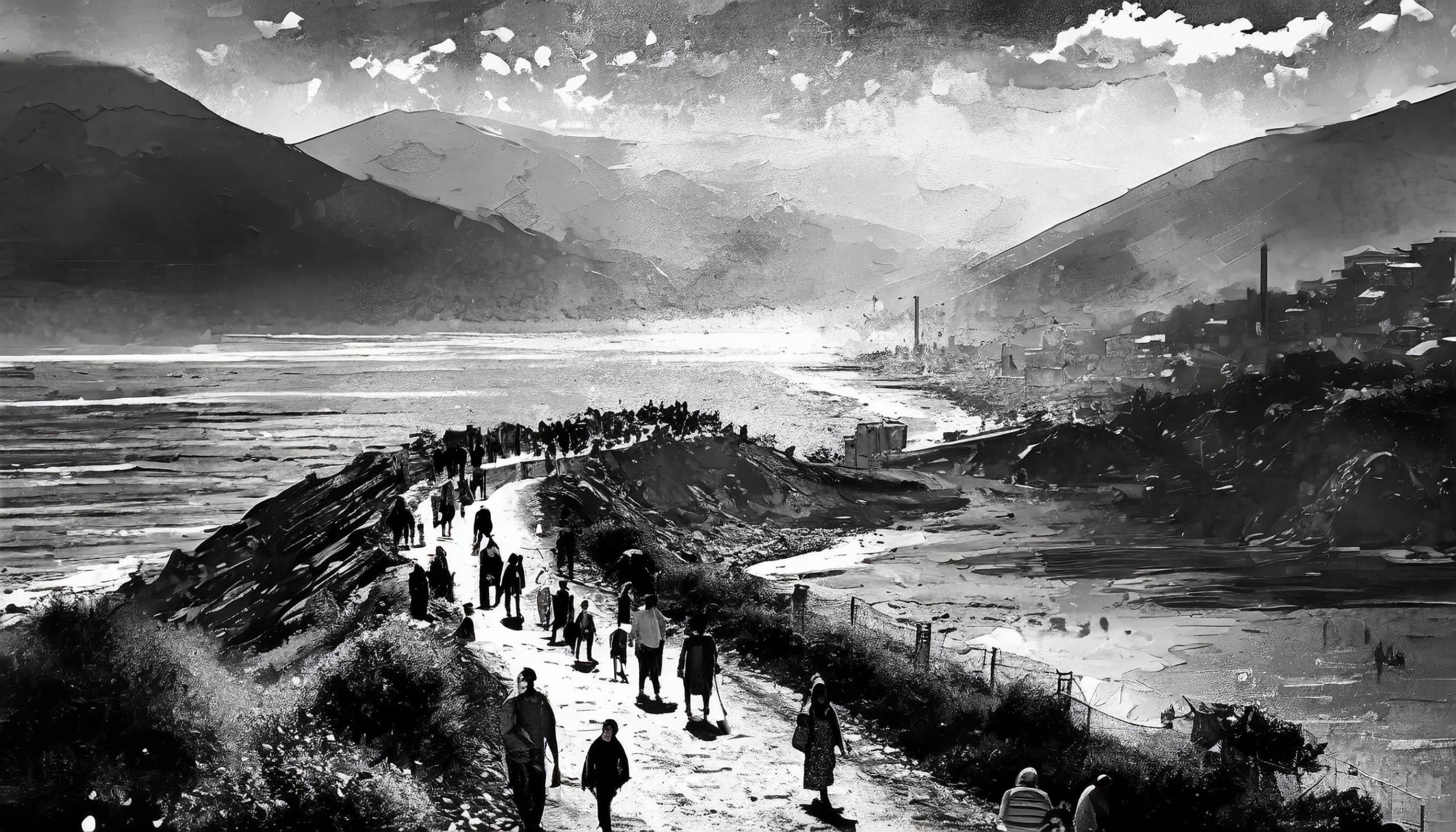Desbandá, de Juan Esteban. Colección Kripties Fundación.
ART IN MEMORY
Today, as we commemorate dates that mark historical events such as the birth of Adolf Hitler or the trial of Anders Behring Breivik, I find it an opportune moment for a personal reflection on the intertwining of art, human rights and our collective history. These events resonate deeply with our own history during the Spanish Civil War and Francoism, leading me to reflect on how the law of historical memory seeks to weave a just account of the past.
During Franco’s regime, art became a battleground between official ideology and the suppressed voices that sought to express themselves. Just as Hitler used art to promote his worldview, Franco’s regime manipulated culture to consolidate its power, marginalising those who saw art as a form of resistance. In my own artistic quest, I have always seen art as a reflection of society, but also as a powerful tool to challenge and change the dominant narrative.
The passing of the Law of Historical Memory in 2007 was a turning point for Spain, similar to how Norway faced its own dark moment with Breivik; a bridge to justice. The law seeks not only to acknowledge the horrors of the past, but also to heal a still fractured nation. In my personal experience, and that of hundreds of artists, I have learned that art in memory is essential to understanding and processing our collective legacy.
In my reflections today, I reiterate that art not only captures reality, but transforms it into an active commitment to justice and reparation. Art offers us a universal language to explore, understand and ultimately reconcile our past with our vision of the future, where the viewer has the last word.
I conclude by recalling the words of Isabel Allende: «War is the military’s work of art, the crowning of their training, the glory of their profession. They were not created to shine in peace». It is the tragic beauty and brutality inherent in the necessary act of remembering and reconstructing our history.
Author: Juan Esteban for Kripties Foundation



